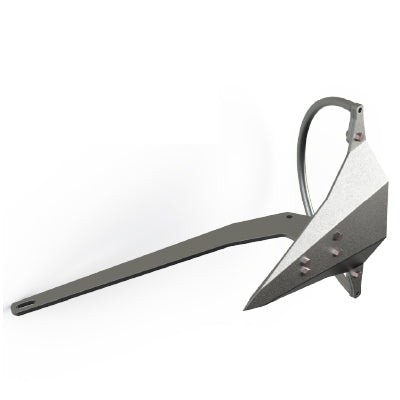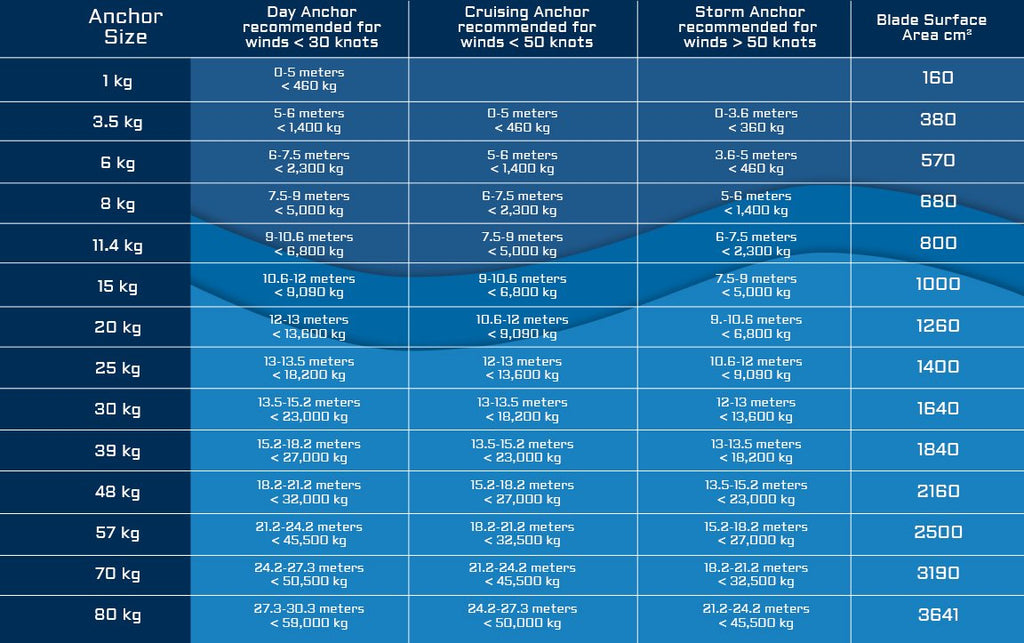Your Cart is Empty
EASY TO STORE The Mantus Marine anchor lineup simply has the best boat anchors available, whether you are a long-range cruiser, racing, or going out for a day sail. The Mantus quick-set anchor is stowable and breaks down for easy storage, so you can store one or two as spares without taking up much-needed boat space.
BUILT STRONG
- Formed out of high-quality steel plate. Contains no cast parts.
- Shank and shank boot are welded from top and bottom.
- Shank and roll bar are bolted to the fluke.
- ASTM certified steel bolts are oversized with a large margin to ensure safety.
- Although the shank is attached to the fluke with 4 bolts, a single bolt has sufficient strength to handle the maximum expected load on the anchor. Bolt Details.
- Stainless Steel anchors feature a 2205 Duplex shank and 316L stainless steel fluke. The surface is hardened by shot-peening and then electro-polished to provide maximum corrosion resistance.
- In the carbon steel version, every part of the anchor system is hot-dipped galvanized for corrosion protection. (All shanks are HT ASTM 514 Steel and flukes are mild steel A36 equivalent)
- A sharp-headed nose is precision-machined to achieve the perfect chisel shape to achieve maximum penetrating power.
LIFETIME WARRANTY Mantus Marine provides a lifetime warranty on its products and parts against damage or manufacturing defects.












